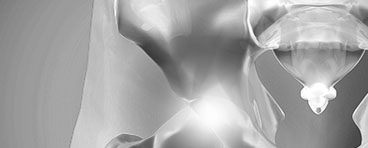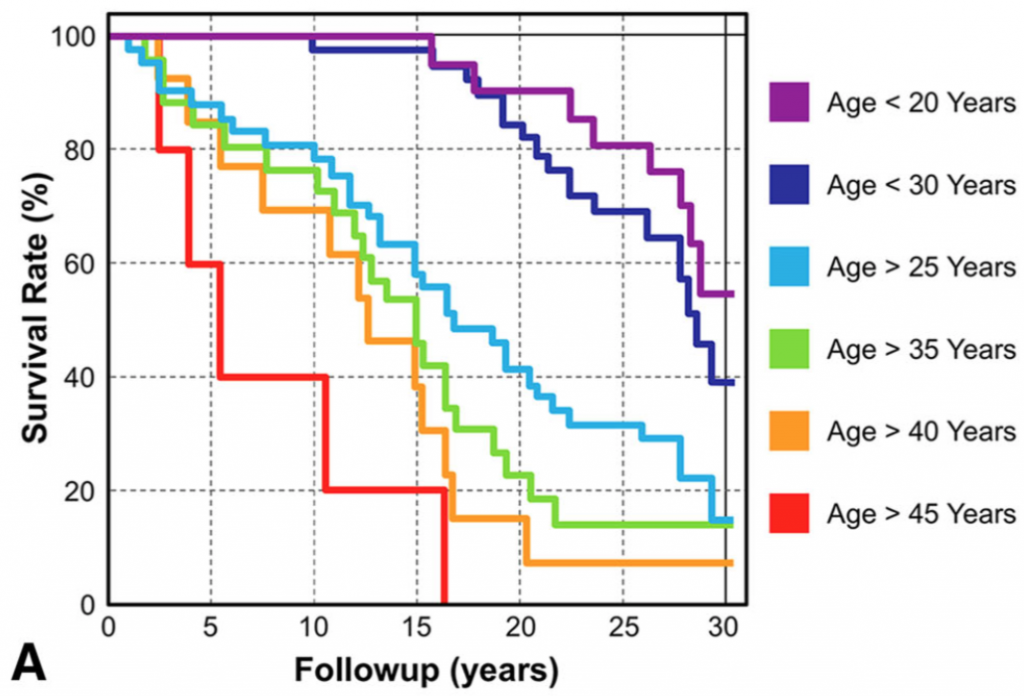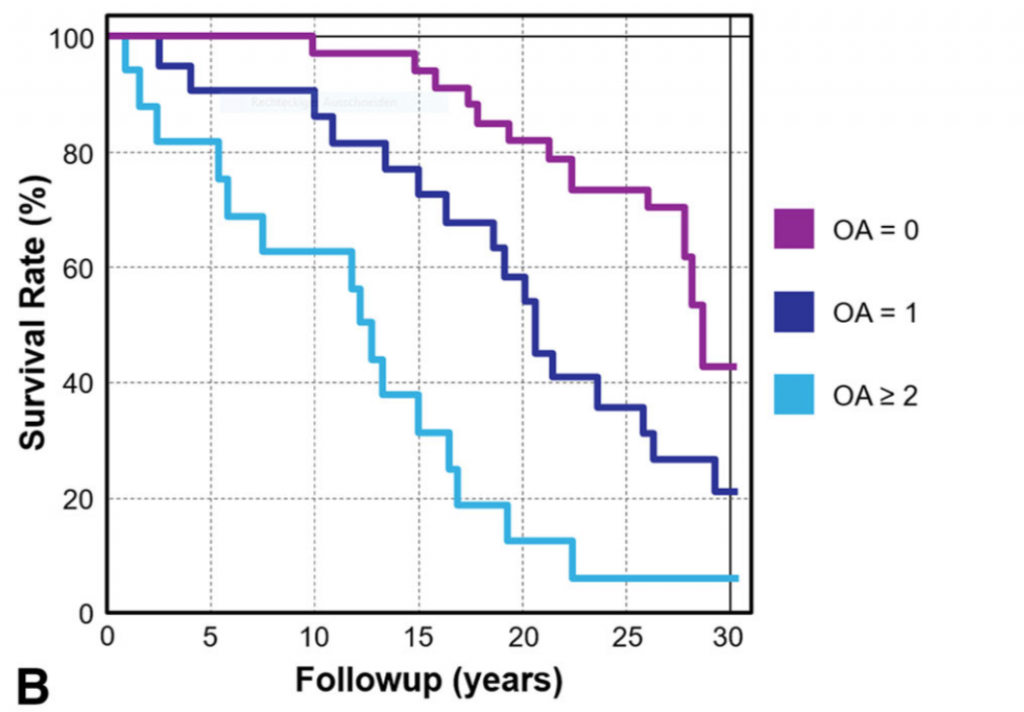Click on the links below to find out more
Periacetabular Osteotomy (PAO)
RECOVERY & RISKS of COMPLICATIONS
After a PAO, patients will be walking within the first week, full recovery takes several months.
Recovery
A continuous passive motion (CPM) machine is used to assist joint healing and maintain hip mobility. Weight bearing is increased gradually as tolerated at four weeks, and anticipate unassisted walking at six to eight weeks. Strengthening exercises and nonimpact activities (cycling, swimming, elliptical) are also progressed at four weeks. For athletes, jogging starts three months after surgery and return to full sport is allowed at four months. The total recovery time from PAO surgery is from 6-12months.
Risks and Surgery Complications
PAO Surgery is very complex, and it can have significant complications. Dr Slattery employs numerous techniques throughout the procedure to minimize risks, but complications from surgery can still occur. Risks specific to PAO surgery include:
- Nerve Damage: permanent nerve injuries are very rare following PAO, some patients may have numbness down the outside of their thigh due to stretching of the nerves to the skin, this usually recovers in 3-6 months. There is a very small risk to the large femoral and sciatic nerves during PAO, which can leave permanent sensory and strength loss to the leg.
- Bleeding: as the pelvic bone has to be cut numerous times, there can be blood loss from this operation. Dr Slattery routinely uses blood salvage techniques, specialised perfusionist staff, and medications to minimize the use of blood transfusions post operatively.
- Over/Undercorrection: Despite x rays taken during the operation, it may be required to change the position of the bones in the immediate post operative period.
- Fracture: as Dr Slattery uses a minimally invasive PAO technique with X-ray guidance there is a small risk of fracture, which is normally detected at the time of the operation
- Non Union: this occurs when the cut bones do not heal together, this is very rare following PAO
- Infection: this is very rare, but can occur any time screws or other foreign material are implanted. This can normally be simply treated with antibiotics.
Conversion to total hip replacement/PAO failure – despite PAO being highly effective in restoring function and potentially delaying degenerative change within a hip joint, a hip replacement may still be required in the future. This depends upon a whole range of factors, which should be discussed with Dr Slattery when you see him. Published results on the longevity of PAO surgery by the Bernese group are illustrated below, which show that it can preserve the hip and prevent total hip replacement in the majority of patients treated for hip dysplasia up to 25yrs. Lerch et al CORR 2016

Dr David Slattery
FRACS MBBS (Hons) LLB FAOrthA
Dr David Slattery is an orthopaedic surgeon based in Melbourne with over 10 years of experience, with a special focus on hip and knee joint preservation and replacement. With qualifications in both medicine and law, he brings a unique and comprehensive approach to patient care. His surgical techniques are minimally invasive and evidence-based, designed to reduce pain and enhance recovery.
Trained in leading institutions across Europe and the USA, Dr Slattery offers advanced treatments for a wide range of joint conditions. He is deeply committed to patient outcomes and takes pride in tailoring treatment plans to each individual. Whether you’re an athlete or seeking relief from chronic joint pain, his goal is to restore function and improve your quality of life.









